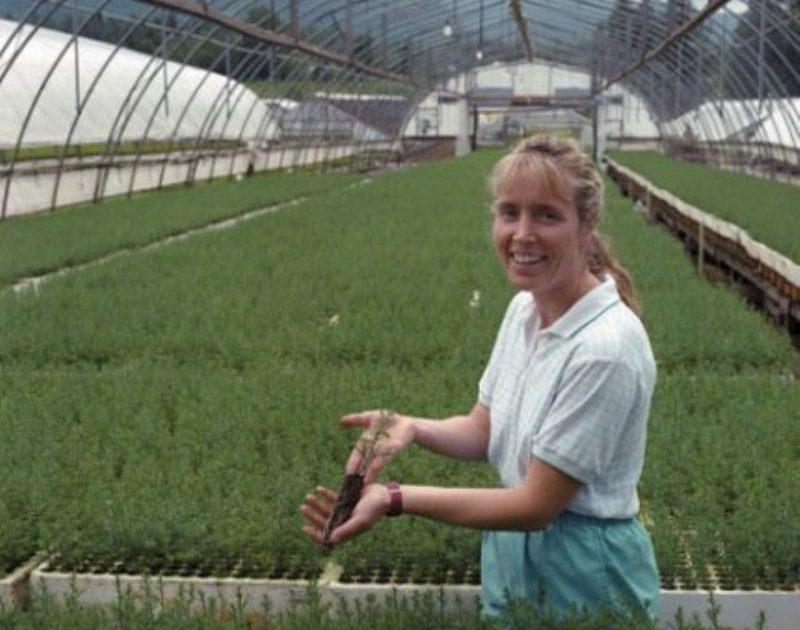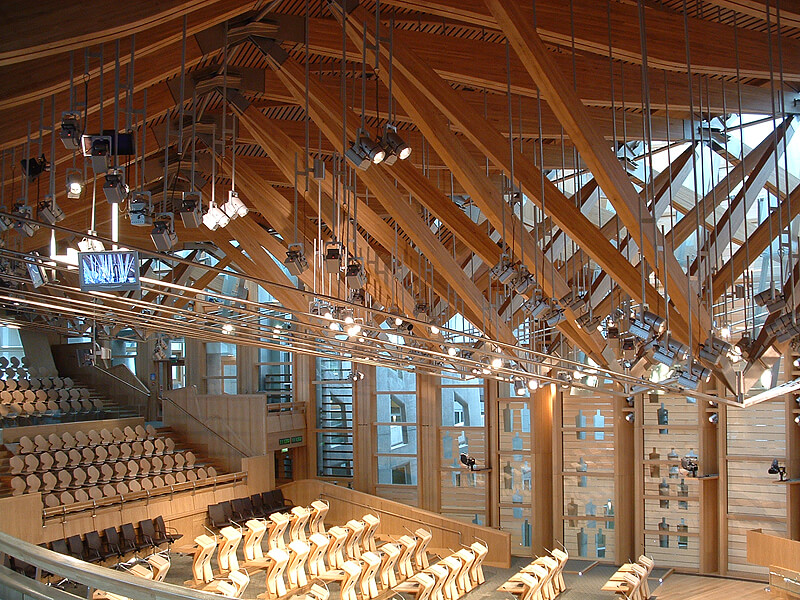Sustainability
“Sustainability – avoidance of the depletion of natural resources in order to maintain an ecological balance”
Timber as a construction material, must surely be one of the best, if not the ultimate in natural, sustainable substances. While there is further comparative information of Wood against steel and concrete in our page “The green facts on western red cedar” we note below a little reminder how good it really is :
| Timber | Masonry | |
|---|---|---|
| Availability | Timber is a natural material growing over the entire world. A key feature of wood, is even when it is grown commercially, timber retains all its natural eco features and benefits. | Whatever type of masonry product you use, it is quarried in some form, which, besides the long term landscape it leaves behind, is a non-renewable resource. |
| Carbon | Timber is unique in respect that it captures carbon when growing, and retains it for as long as it is ‘wood’. When you use timber in construction, you are locking up this carbon. That is why trees are so often referred to as the ‘lungs’ of our planet. | While carbon can be trapped in rock strata, in general, it is not absorbed within the material itself, and when quarrying/mining takes place, the carbon is released. |
| Replenishment | Timber is a renewable resource. Whether naturally occurring, or planted by humans, harvested timber will have been replaced normally within a generation. Modern forestry practices now have planting plans which replace every harvested tree with at least 3-4 new ones. And with a note to the carbon aspect, a harvested tree retains the carbon it has captured over its life. Looking back to the definition we started with, the sustainable life of wood, makes it a truly ‘eco’ product. | When masonry materials have been quarried or dug out, they are impossible to replace unless maybe another ice age ! In that respect, it is a finite material as none of want a landscape scarred by these activities. |
In British Columbia, Canada, strongly managed forestry practice ensures that for every tree felled, 3 seedlings are planted. Though covering a huge area, British Columbia’s forest are approx. 149 million acres, only a small percentage ..1/3 to 1%, are harvested each year, and 80% of the natural forests are untouched.
| Timber | Masonry | |
|---|---|---|
| Extraction | The energy required to bring timber products is relatively low, and is mainly related to transport. It is easily worked and shaped, is generally non-hazardous, and can be made as strong as steel or concrete, in forms such as Glulam; Parallam or CLT, and using far less energy to do so. | What part is not difficult? Requiring at best, heavy earthmoving machinery and in many instance high explosives, to extract the materials. Its weight means loads are much smaller, hence more travels required. That is one of the many reasons that for example, timber has a 70% lower energy use than concrete |
| Dynamics | As wood is a ‘living’ thing, dependant on the specie, it has high compressive but even better tensile characteristics. This is why in many areas of the world which suffers from earthquakes, timber is a popular building material. | While very good in compression, masonry components are poor in tension unless they have additions such as steel reinforcement. While a brick wall may seem solid, generally they are prone to very fine cracking as thermal movement caused by weather conditions, makes the wall expand and contract, which bricks do not do well. This fine cracking absorbs water and leads to maintenance being required. |
Visitors to the Debating Chamber within the Scottish Parliament, Edinburgh, can see a stunning example of timber being used to form a magnificent roof with a wide span and excellent dynamic properties.
| Natural Warmth | I think the best way to explain this, is on a cold winters day, what would you prefer to sit on – a timber bench or stone/concrete seat ?
All species of timber are great insulators and have a natural warmth to them, and can experience large variations in temperature without fundamental issues or loss of integrity. These natural properties mean that in log or timber frame formats there are clear lessening of the effects of cold bridging in buildings, and living naturally in its environment. That is why, in countries throughout the world where they experience very cold temperatures – Canada; Scandinavia; Russia; USAs Inland States – they all use timber homes – some are timber frame – timber clad, some are log homes, but they are always made from wood. |



